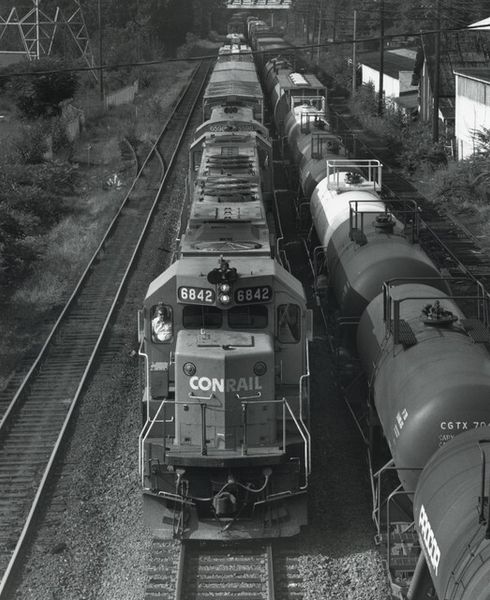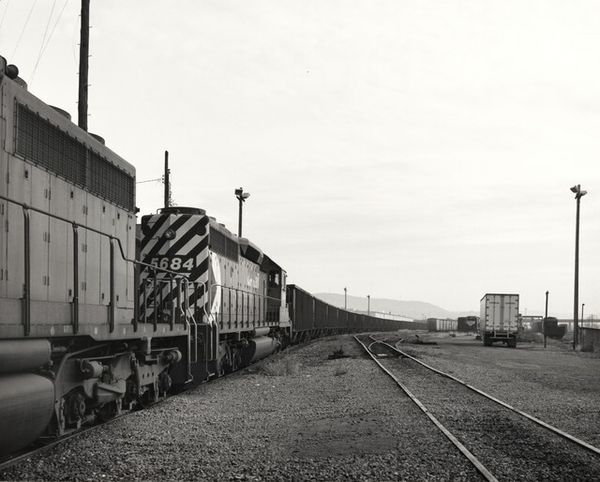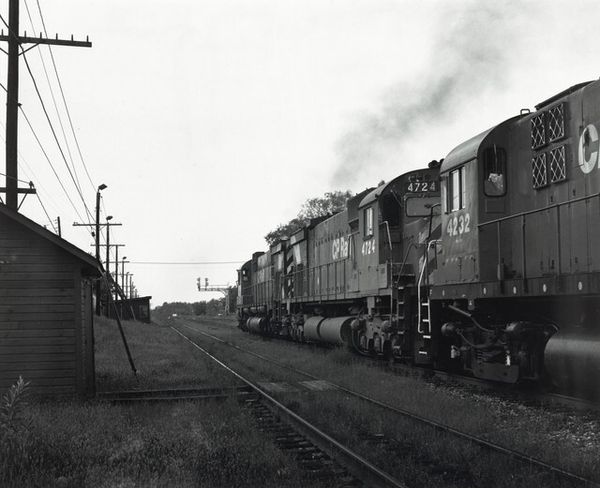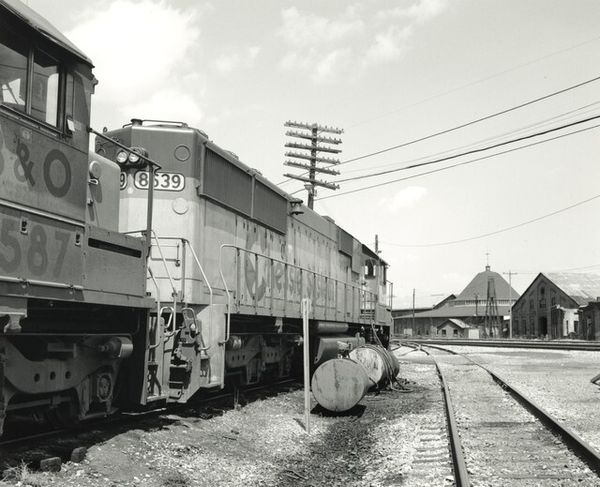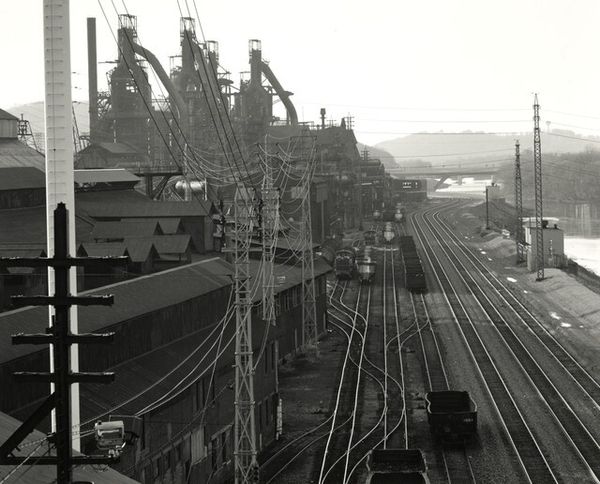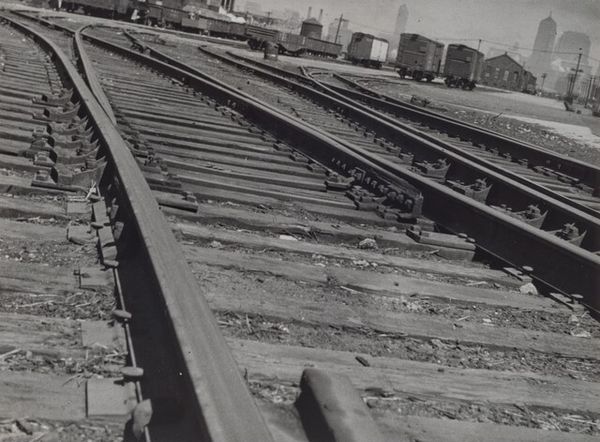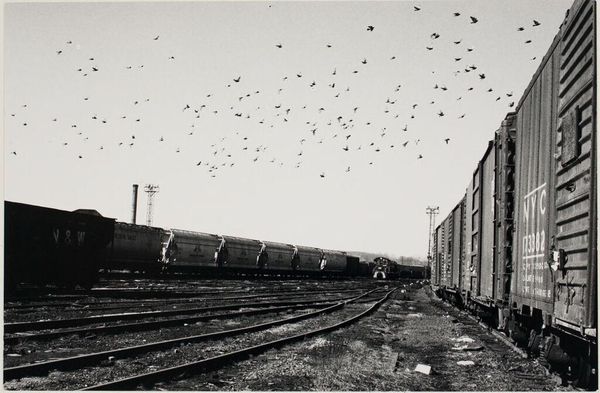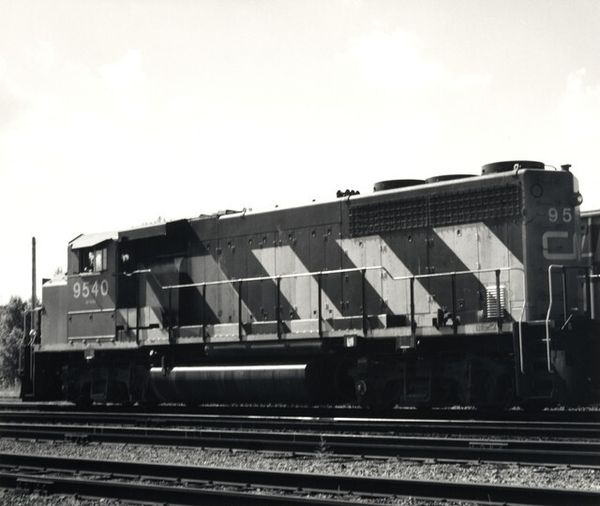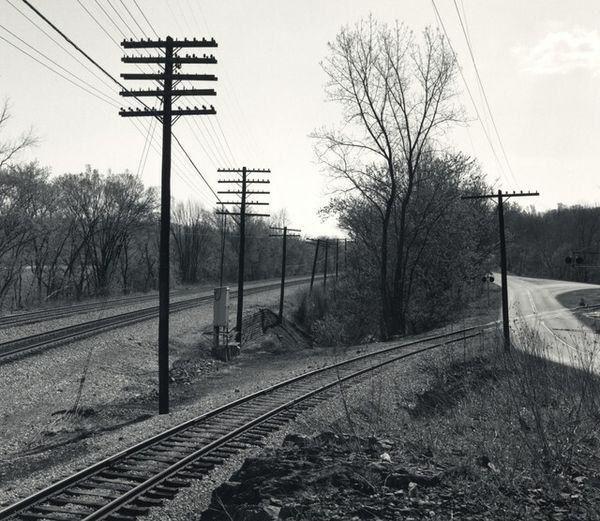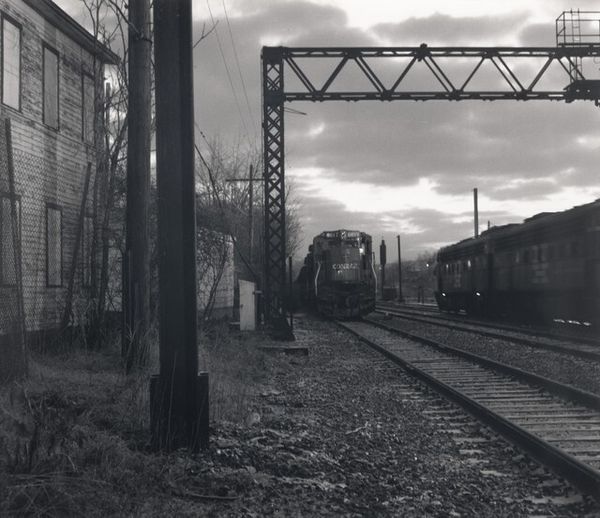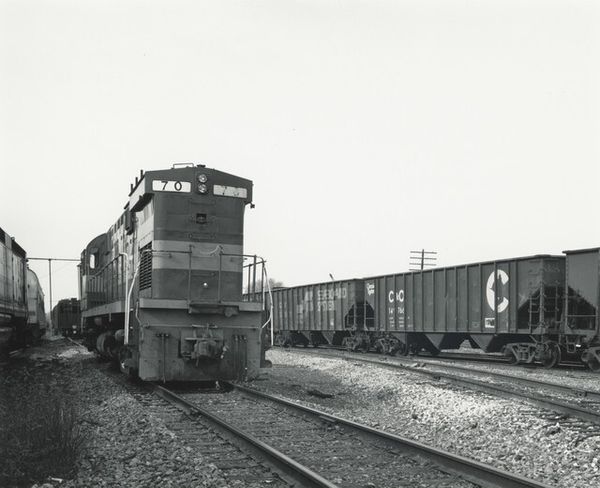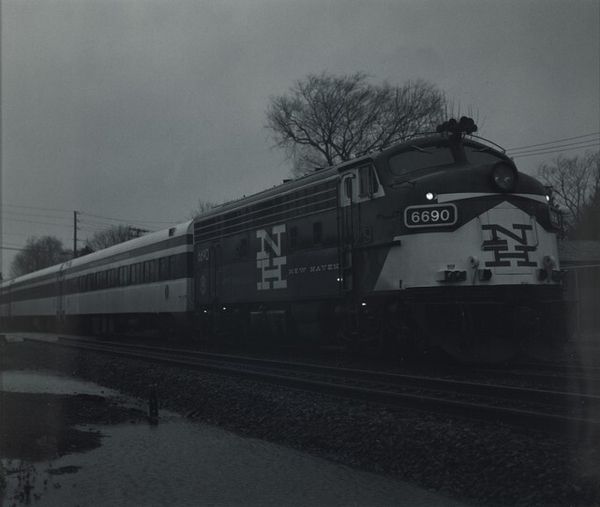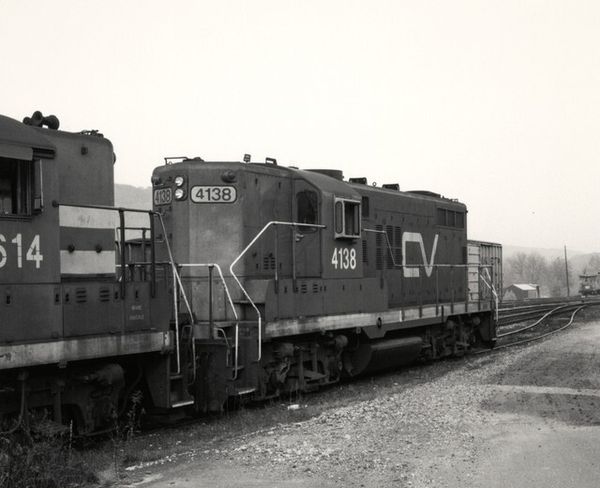
photography
#
precisionism
#
black and white photography
#
street shot
#
landscape
#
outdoor photo
#
black and white format
#
street-photography
#
photography
#
geometric
#
engineering design
#
monochrome photography
#
street photography
#
outdoor activity
#
man-made
#
monochrome
#
monochrome
Dimensions: image: 22.8 × 28.5 cm (9 × 11 1/4 in.) sheet: 27.7 × 35.5 cm (10 7/8 × 14 in.)
Copyright: National Gallery of Art: CC0 1.0
Editor: This photograph, "Power Pool, Selkirk Yard, New York," was taken by James Welling in March of 1991. The monochrome image captures rows of locomotives in what seems like a state of rest, with these towering gantry cranes hovering above. I am immediately struck by its cold, almost industrial feel. What do you see in this piece? Curator: What stands out to me is the artist's rendering of liminal spaces, borders, and crossing-over points. Train yards often possess their own, rather specific, iconography, don't you think? They serve as crucial points for movement and stasis, thresholds where goods—and historically, even people—transition from one place to another. These engines symbolize a time of progress, of powerful movement across distances. Consider the weight associated with transit, particularly on these vast networks. How does Welling’s depiction either uphold or challenge our understanding of what such movement has come to represent? Editor: That’s an interesting point. The stillness here complicates the idea of movement and progress, almost like the trains are waiting for a future that isn’t arriving. Curator: Precisely! And look closer—Welling seems to play with the symbolic weight of the monochrome. Its absence of color strips the image of warmth. Does this lack amplify a feeling of something lost? Perhaps it suggests the end of an era where locomotives held such prominence? Consider what happens to these powerful visual symbols in the wake of a rapidly changing cultural landscape. Editor: I see what you mean. The absence of color really emphasizes the geometrical, almost skeletal quality of the locomotives and the overhead structures. It almost dehumanizes the industrial process. Curator: And it is this dehumanization and starkness which prompts viewers to reassess their existing symbolic understanding of mobility and progress, of industrial landscapes, and cultural narratives attached to it. It begs questions about time and place. Does that shift your perspective at all? Editor: Absolutely, I’ll never look at a train quite the same way again. Thank you! Curator: The pleasure was all mine! Now I can recognize the shifting symbols as well.
Comments
No comments
Be the first to comment and join the conversation on the ultimate creative platform.
